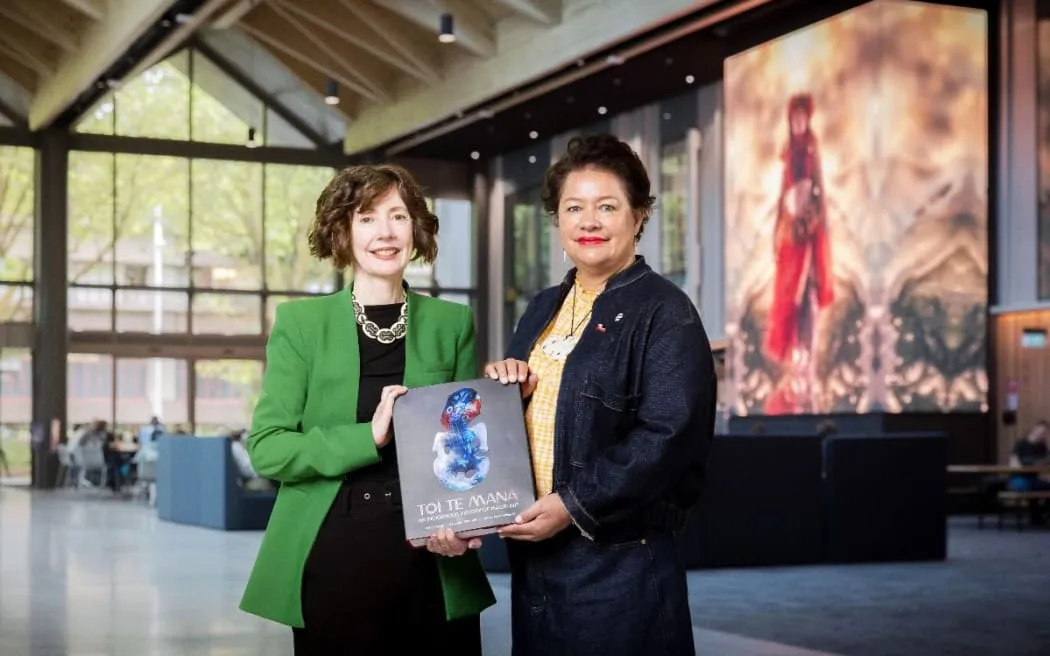The Māori Art History: A Comprehensive Perspective
Māori art has a rich history that spans centuries, with a unique cultural context that reflects the country’s indigenous people. The latest book to delve into this subject is a comprehensive guide that aims to bridge the gap between traditional and modern Māori art.
**Introduction**
The Māori art history is a vast and complex field that has been shaped by centuries of cultural exchange, colonization, and social change. This book provides an in-depth exploration of Māori art from its ancestral origins to the present day, highlighting key figures, movements, and themes that have defined the artistic expression of New Zealand’s indigenous people.
**Te Kete-Tuatea: The Basket of Light**
The first basket, te kete-tuatea, represents customary Māori art. This category includes traditional forms such as whakairo rākau (wood carving), rock art, and body adornment. Deidre Brown, a professor of architecture at the University of Auckland, notes that “we actually spent more than a year thinking about how it would be structured” when creating this section.
Brown highlights the importance of context in understanding Māori art. “We reached back into tikanga Māori – Māori customs – and came up with the idea of ngā kete mātauranga, the idea of the three baskets of knowledge.” The first basket is characterized by a focus on customary practices and traditions.
**Te Kete-Tuauri: The Basket of Darkness**
The second basket, te kete-tuauri, represents the impact of European culture on Māori art. This category includes the introduction of new materials, ideas, and technologies that challenged traditional practices. Brown explains that this basket is “what happened when new materials, new ideas, new concepts, and perhaps new challenges for Māori arrived via European culture.”
This section highlights significant events such as the introduction of taonga Māori in museums and the impact of Christianity on Māori art. It also explores the role of art in maintaining cultural practices, including forms of exchange like tuku and koha.
**Te Kete-Aronui: The Basket of Pursuit**
The third basket, te kete-aronui, represents a contemporary phase of Māori art. This category includes works that reflect modern Māori identity and the ongoing struggle for self-determination. Brown notes that “we didn’t want to say that contemporary starts with modernism, which is often the Western gateway into understanding Western art.”
Instead, the book looks at key figures like Te Puea Hērangi and Sir Āpirana Ngata who saw art as a means of social reform and self-determination. The section also explores the role of Māori art in contemporary society, including its relevance to issues such as land ownership and cultural preservation.
**Conclusion**
The Māori art history is a complex and multifaceted field that continues to evolve. This book provides a comprehensive overview of Māori art from its ancestral origins to the present day, highlighting key figures, movements, and themes that have defined the artistic expression of New Zealand’s indigenous people.
Through its three baskets of knowledge – te kete-tuatea, te kete-tuauri, and te kete-aronui – the book offers a nuanced understanding of Māori art and its place in New Zealand’s cultural landscape. As Brown notes, “our starting chapter looks at the role of people like Te Puea Hērangi, Sir Āpirana Ngata… establishing the modern foundations.”

0 Comments